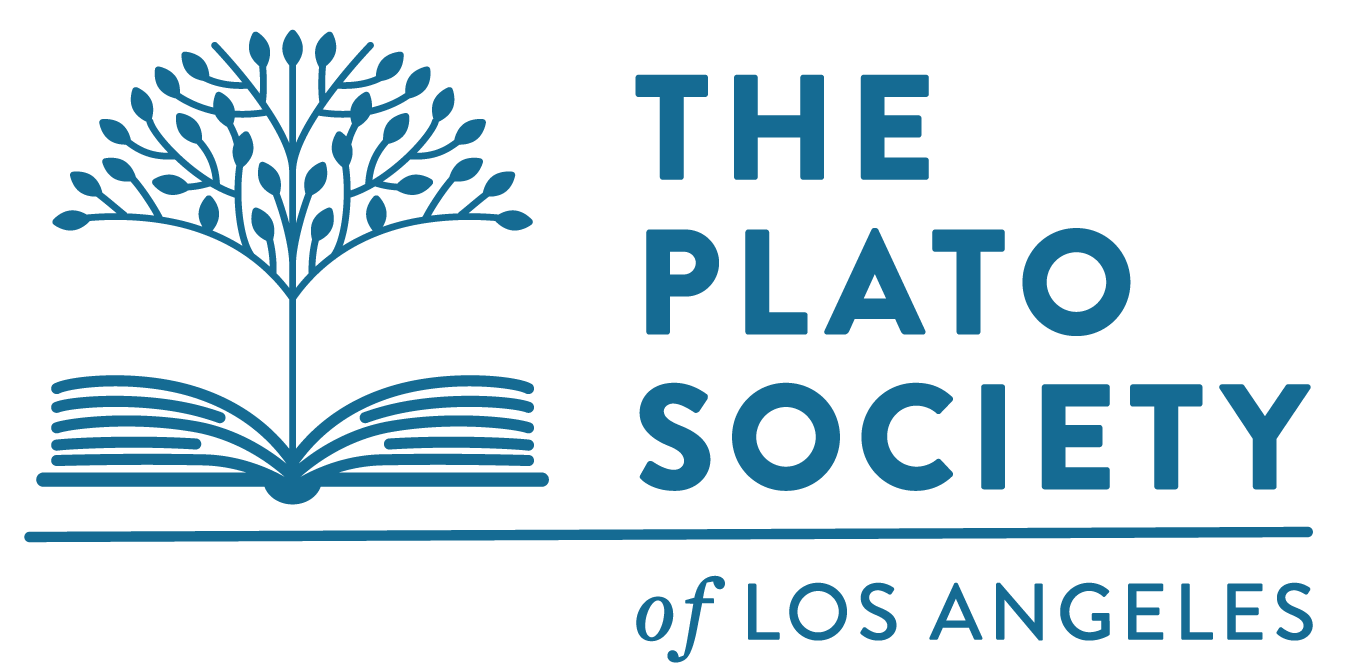What makes Western Europe different from Eastern Central Europe? That’s a hard question to answer easily. However, anyone who has studied the events leading to World War I and the Versailles Peace Conference, or who knows the region’s history between the world wars, or who followed in the conflicts in the 1990s is aware that much of the drama and tragedy of the 20th century took place in the region of Eastern Central Europe.
John Connolly, in From Peoples into Nations, A History of Eastern Europe, focuses on the power of nationalism, an idea introduced during the 18th and 19th centuries. The four multinational empires controlling the region had no adequate response to the national question; as they sought to unify their diverse populations, the movements struggling to realize nationhood found themselves facing the possibility that their languages and cultures would become extinct.
We will follow Connolly’s chronological approach as we consider the impact of nationalism on a variety of ethnic groups, including Serbs, Poles, Hungarians, Czechs, Slovaks, and Romanians within the context of existing and emerging political systems and ideologies: imperialism, liberalism, fascism, socialism, communism, democracy and neo-liberalism.
He shows us how imperial reform in the late eighteenth century triggered emerging national resistance through the national revolutions of 1848-49 and 1875-78, the aftermath of WWI, the totalitarian regimes of Nazism and Communism, and the collapse of Soviet Communism. The analysis in this book shows why nationalism was not contingent but rather situational: its strength depending above all on the level of perceived threat to – and sometimes from - a particular ethnicity.








